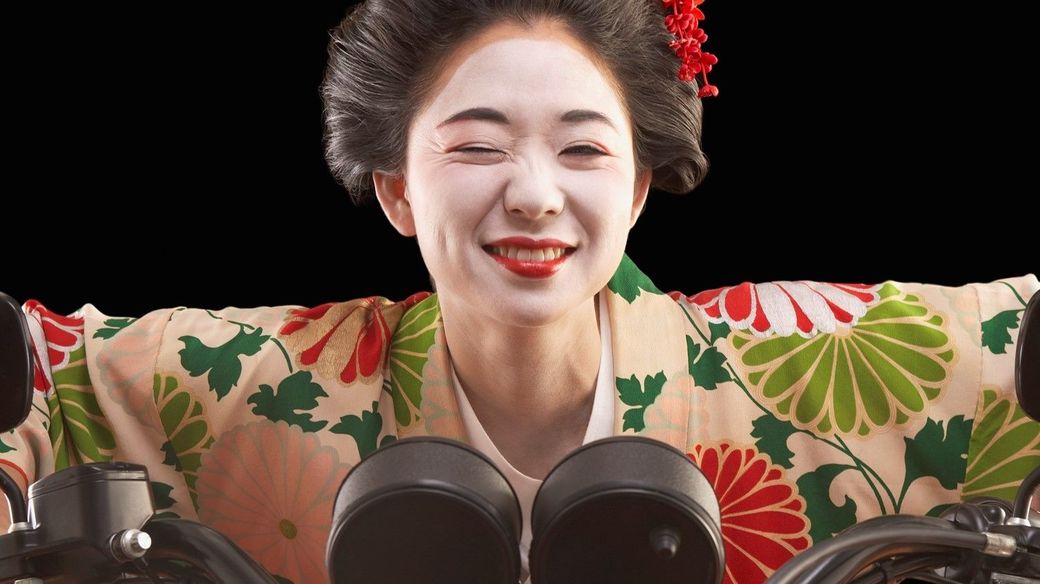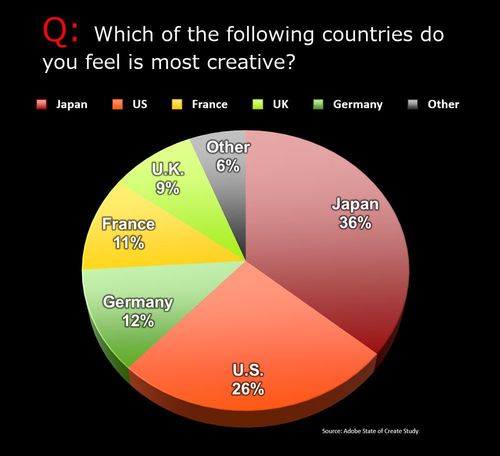
Hi there. Let me start by asking you something. Which country do you think is the most creative? Which one do you think? U.S.? I know there are a variety of nationalities here, so it really depends on where you are from.
According to a recent survey by Adobe, it’s Japan. Japan is seen as the most creative country. If you look at the cities, Tokyo is seen as the most creative city followed by New York. Also, I am sure you have heard of Monocle magazine. Recently Tokyo was ranked the most livable city in the world by Monocle magazine.

So, one third of the world is saying Japan is creative, and Tokyo is creative. Thank you very much. But actually, Japanese people don’t see it this way. Japan rates itself so low for some reason. I hope it will change by 2020. As you may know we are going to have the Tokyo Olympics in 2020. I do hope so.
But anyway, most people around the world agree that Japan is creative. But today’s theme is why? Why is it, why is Japan so creative? And what’s behind it? That’s what I would like to talk about today. I hope to change your perception of Japan a little bit and Japanese people by the end of this presentation.

Shinkansen, I think you have seen this; it is the Tokaido Shinkansen, the world famous Japanese bullet train, which has a hundred twenty thousand operational departures per year. Just imagine, just guess, what do you think is the average delay time per train? It’s 36 seconds.
So, it’s all about perfection. Perfection is the way Japanese people and Japan is seen. It’s one of the typical images, but the question here is, do we always do it? Do we always value such perfection all the time in everything? The answer is no. Look at this. Does it look perfect? Maybe not. About five hundred years ago, Senno Rikyu, an art director of the tea ceremony, created and popularized tea cups like this. They are intentionally designed in an imperfect shape, in an awkward way.
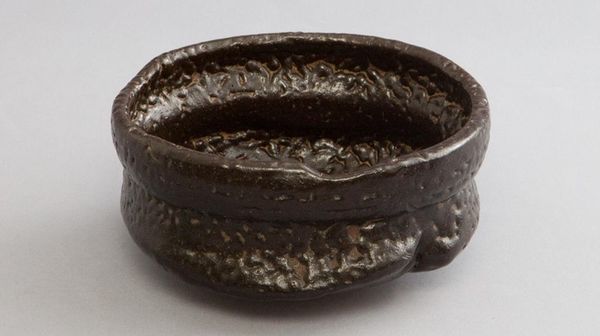
So, “Perfectly Rejecting Perfection”. This is ne of keywords for Japanese creativity. But let’s call it “PRP”. It is much easier for you guys to remember. It stands for perfectly rejecting perfection.
We Japanese find a kind of a beauty in, I would say, a slight deviation from perfection and actually it comes from Shintoism. It’s a very ancient Japanese religion. How many of you in this room believe in Shintoism? …Yes, I knew it. Less Japanese people here.
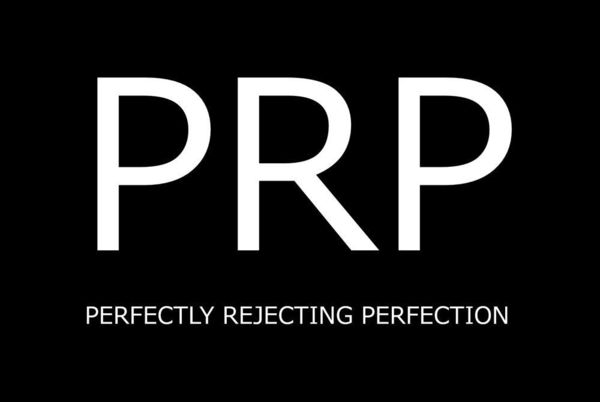
Personally, I do, of course, believe in Shintoism, whether it’s conscious or unconscious. Anyway, in Shintoism, people are connected to nature, which has never been perfect. And in Shintoism, everything is a god. As we say, there are eight million gods in Shintoism, that’s something to do with PRP.
And apart from Shintoism, if you just look at today’s world, we all know that there is an overload of content and information, too much noise. So what if something is too perfect? It could be invisible. It just does not attract your eyes. It doesn’t grab your attention. So, that is how PRP, perfectly rejecting perfection, plays a key role in today’s creative and communications world.
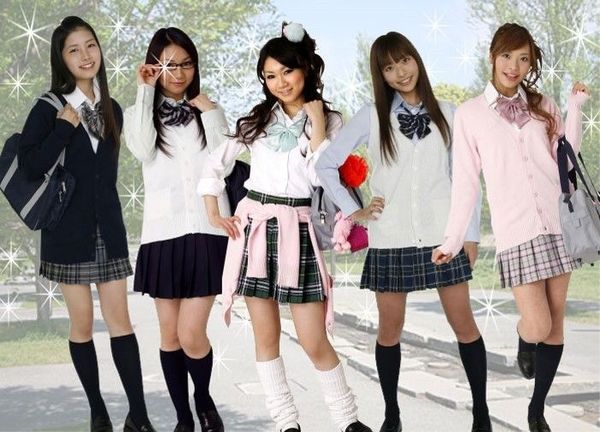
So, let’s take a look at a couple of examples of Japanese PRP. You see, Japanese high school girls. They kind of change the small details of their uniforms. They want to reject perfection in their own particular way.
And also, the concept of PRP lives in Japanese pop and cute culture like “Yuru-chara”, that is what we call, local characters intentionally designed with a flaw. And Kumamon, have you seen this? The black bear with the red cheeks is winning industry awards with the “where are my cheeks?” campaign. So, I think Kumamon is going to be the most famous yuru-chara in Cannes, I believe.
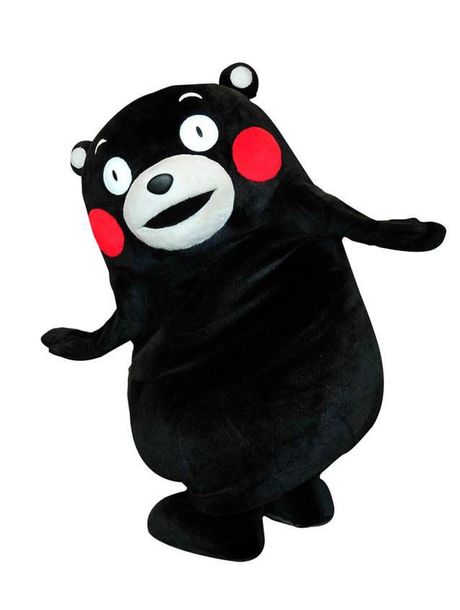
And emoji, or emoticon, are really changing the world. They are changing the whole concept of communications. And they are also intentionally designed using the PRP concept.
Do you know LINE? I think it really depends on where you live. LINE is the fast growing messaging application developed in Japan. It is more for daily life in Japan.
It’s like WhatsApp in the US. It has 200 million active monthly users worldwide. And what’s so unique about Line are the stickers, actually what we call stamps in Japan, but stickers that allow you to express any kind of emotion or expression. You could even argue with your wife using LINE…of course without speaking and even text messaging. I am sorry but actually this is my private communication with my wife, a couple of weeks ago. Thanks to LINE, my life is so much better now.
So, let’s listen to the the person in charge of planning for development of LINE.
What is "The Inner-Child"
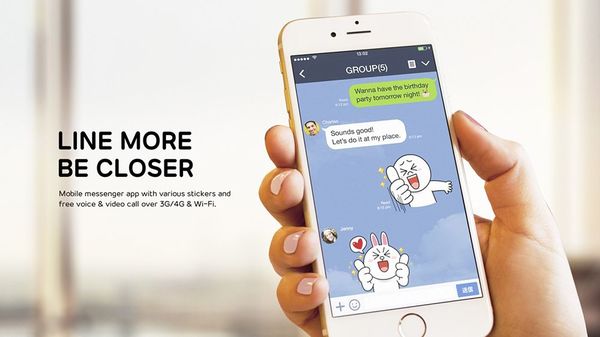
So, definitely LINE is changing the world and it is designed using this "perfectly rejection perfection" or PRP concept.
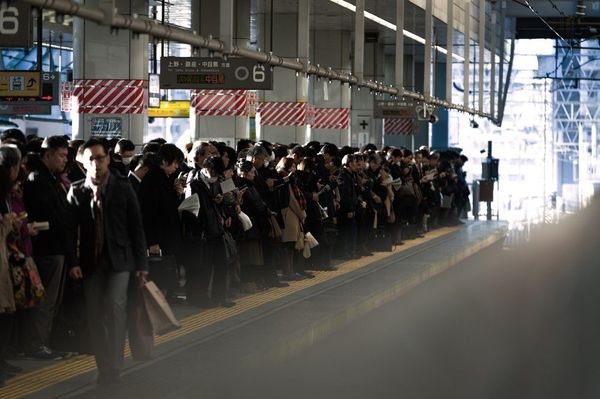
Now, you’ve seen this before. The rush hour train station in Tokyo and most of the stations in Tokyo look like this. The way the people are staying in a very orderly line, very structured and ruled.
And I think you remember that when the disastrous earthquake happened in 2011, it became worldwide news that Japanese people continued to queue in an orderly line, even during the disaster. But again, the question is, do we always do that? Do we always behave in such an orderly way? The answer is no. We can go crazy like this. We can really go amazingly crazy…crazy behavior and expressions.
So, the thing is this…The Inner-Child, deep deep inside, of this structured and rule-bound Japanese people and society, there is an inner child. And the question is when do we bring it out?
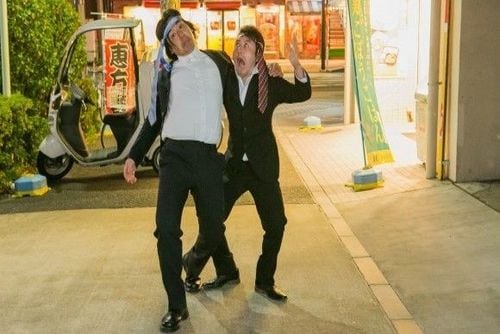
In Japan, we have specific occasions that we bring it out. An easy one is this... a social drinking occasion. If your boss says “okay, tonight is Bureiko”, which actually sounds like “break time”, that means you are allowed to bring your inner-child out…and end up like this.
Karaoke, which also has changed the world, is another chance for Japanese people to bring out their inner child. Believe it or not, these days, more and more people in Japan are going to Karaoke alone which I never do.
Okay, what I am trying to say here is that Japan is really a country of inner-children. It’s almost like a systematic way to have a break by bringing out your inner child. That’s the way it is. So this is the second keyword “inner-child.” The second keyword for Japanese creativity.
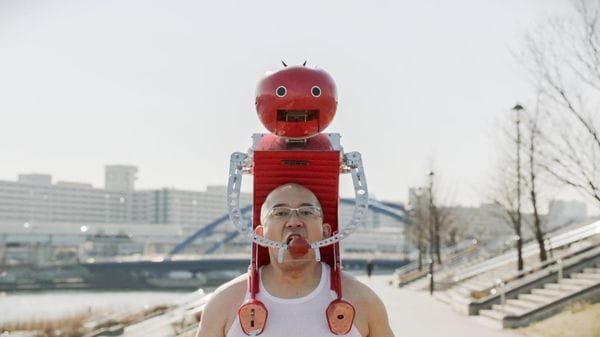
For example, look at this. Obviously, this is based on the inner-child way of thinking. The “Wearable Tomato” campaign, created by Kagome, demonstrates the functional benefit of tomatoes by making tomatoes wearable like this.
So, it’s a very creative inner-child type idea. And sometimes, the inner-child type idea has to be empowered by cool technology, Japanese cool technology. A perfect example of this is Docomo’s campaign, "3-Second Cooking: Shrimp Frying Cannon”. I won’t run the movie as most of you know this, but the creative team who made this told me the other day how it was difficult to control the flying shrimps. The air pressure and air resistance mean these shrimps are flying everywhere and anywhere. It took a whole day to control the shrimps. Great work.
Let’s listen to the creative people talking about the inner-child concept. Gou Miyagi is a famous creative skateboarder who has received worldwide recognition.
Dialogue with your inner-child
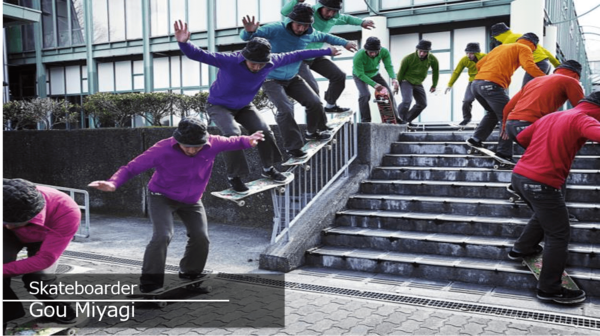
Slowly over time, the adult part of you has to refine what your inner-child created. The dialogue between those two parts is very important.
He talks about this conversation or dialogue between your inner-child and yourself as an adult, so it’s more like a co-creation with the two of you working together within yourself to create something you have never seen, which is very interesting.
And the next person is the top Japanese YouTuber Hajime-Shacho. He does all these crazy things, which you will see. He has more than one million fans already. Let’s listen to him.
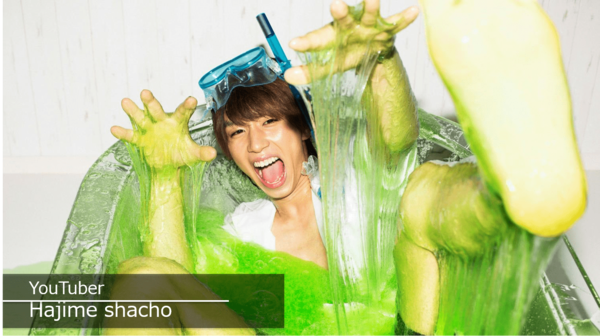
Crazy, but he is such a nice boy, well educated, and he kind of talks about similar things in his conversation. And in his case, suppression because of his strict family environment is empowering his inner-child.
The PRP, perfectly rejecting perfection, and inner-child concepts combine to create what I call, The Next Stage Creative. It is a creative concept, which is growing, with so many people copying the originals.
PRP gives room to the originals so that people can kind of customize them. The inner-child gives you the ability to “play with” the spirit of the originals, and it becomes more and more amplified with so many people creatively copying originals.
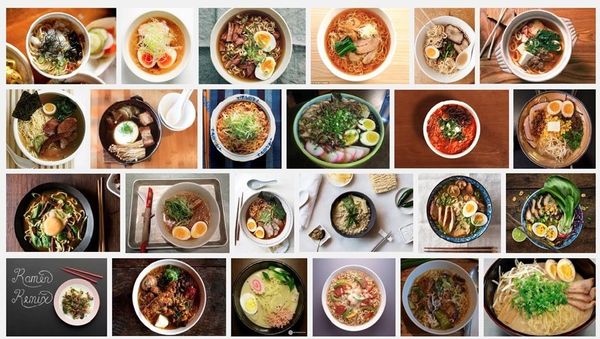
By the way, do you like “Ramen?” I am sure you do. Japanese ramen noodle is also changing the world, and it really captures the heart of so many people around the world. I am definitely a big fan of Ramen. The Next Stage Creative concept is playing a key role in the ramen world as well.
Thousands of different ramen exist in Japan. Huge numbers. Nobody can count the exact numbers. People are creating different ramen, one after another, by copying the originals and mixing others. So why don’t we listen to the famous ramen creator in Japan named Chihiro Miyazaki. His restaurant has actually been listed in the recent Michelin Guide 2015, so let’s listen to him.
Being creative with ramen
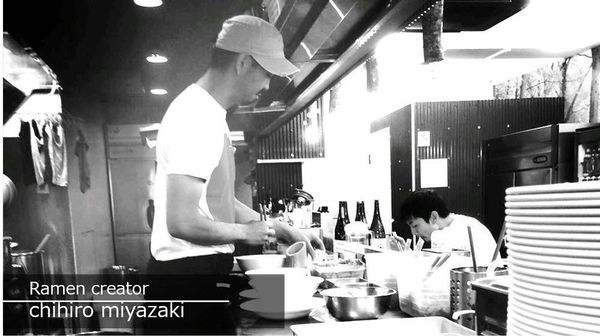
I think the point here is he talks about his whole process of creation. Copying the originals, getting inspired and really understanding the essence of the originals, and really re-building something new, re-inventing something new. It’s a very interesting process.
And the final person I would like to introduce is NIGO, a famous creative director in Japan, who has been working with so many brands and artists, like Nike, Adidas, Pharrel Williams. So let’s listen to NIGO talking about Next Stage Creative.
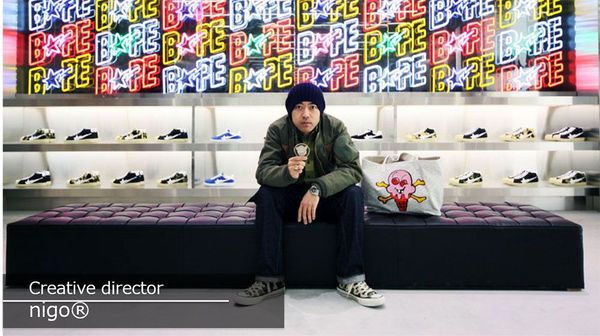
So, Next Stage Creative is in another word continuous re-invention.
Let me just repeat and re-cap the three keywords of Japanese creativity today. One is, “Perfectly Rejecting Perfection (PRP stands for it)” It’s a sophistication that comes from Shintoism. Second one is “The Inner-child”. Deep inside there is an inner-child within the structured and ruled Japanese society. And those two combine to create the dynamic world of “Next Stage Creative”. These are the three keywords.
And I think, I believe, Japan is quite well positioned globally, in terms of creativity because of these. Again, if you look at this world, over-loaded with content and information…very difficult to control communications in the social media environment, and the dynamic co-creation era begins. So, that is how Japanese creativity is changing the world.
Okay, so far, I really hope that you get interested in Japanese creativity, Japanese people, and Japanese insights. And I think you want to know more about this. Just one more unique Japanese insight that I would like to introduce. It’s a unique insight about Japanese mothers with babies.
Pampers “Nou-Ikumin” movie
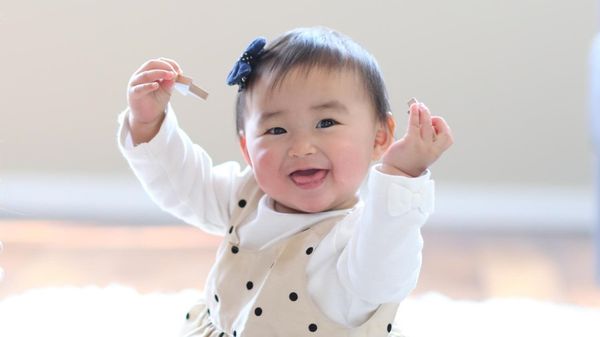
In this case, they say “I want my baby to be the best or better than others socially and intellectually”. So this is a kind of constant pursuit for perfection in the daily lives of Japanese.
Well, here is a dish. Looks like a design using the PRP concept, perfectly rejecting perfection. Actually, this was created two weeks ago in Tokyo. Not 500 years ago in Japan.
So, who do you think it was created by? …My sweet little art director in Tokyo created this when we celebrated her one-year anniversary two weeks ago. I mean, she inspires me a lot every day, and I do believe that a new type of creativity is creating a new world and a better world for the next generations like her, the new generation who comes after us. So in order to do it, actually we need your help. We need your help.
Look at this picture from the first titled slide. A Japanese woman with a tattoo here, wildly wishing to change the world and riding a western motorcycle, right? But the thing is, the thing is, she still wears her kimono. Japan is not yet global.
So, we need each of you to help, to bring more and more PRP out of Japan, and bring more and more inner-child out of Japan, to create something new working together. Let’s co-create something new working together. Please come and see me, perhaps at the parties tonight at Cannes, maybe with a couple of drinks, and let’s make our inner-child come out. Let’s take off the kimono. Thank you very much.
